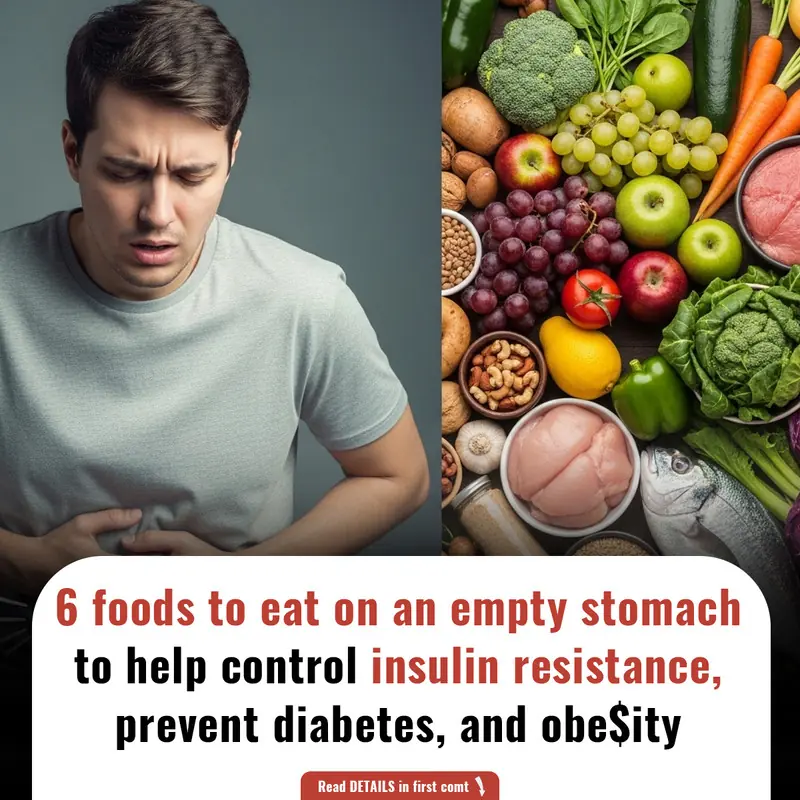
Doctor's Warning: What You Should NEVER Ignore About Bulging Ve!ns

Understanding Bulging Veins: Causes, Symptoms, Risks, and Prevention
Bulging veins can be more than just a cosmetic issue — they may be a sign of underlying health problems. While they are often harmless, bulging veins, particularly in the legs, can be an indicator of circulatory issues or even a serious condition like varicose veins. This guide delves into the causes, symptoms, risks, and preventive strategies related to bulging veins, helping you understand when medical attention may be necessary.
What Causes Bulging Veins?
Blood Flow and Vein Function
Veins are blood vessels responsible for returning deoxygenated blood to the heart. Bulging veins develop when blood pools in weakened or damaged veins, preventing efficient blood flow. Normally, veins have one-way valves that prevent blood from flowing backward. When these valves malfunction, blood accumulates, causing veins to stretch and bulge outward. This condition is commonly observed in the legs and feet.
Factors That Contribute to Bulging Veins
Several factors contribute to the development of bulging veins:
1. Age: As we age, vein walls naturally weaken, increasing the likelihood of bulging veins. This is particularly true for individuals aged 50 and older.
2. Hormonal Changes: Pregnancy, menopause, and birth control pills can weaken vein structures, leading to bulging veins.
3. Obesity: Excess weight puts added pressure on veins, making it harder for blood to flow back to the heart.
4. Genetics: A family history of vein problems increases your risk.
5. Sedentary Lifestyle: Prolonged sitting or standing reduces circulation, contributing to vein issues.
6. Sun Exposure and Tight Clothing: Long hours in the sun and tight-fitting clothes can also exacerbate bulging veins.
Symptoms of Bulging Veins
Spider Veins vs. Varicose Veins
Bulging veins come in two forms: spider veins and varicose veins. Spider veins are smaller, thinner, and closer to the skin’s surface, while varicose veins are larger, twisted, and more noticeable. Both types are common, but varicose veins tend to cause more serious health problems.
Common Symptoms:
- Aching or heaviness in the legs
- Swelling around the ankles and lower legs
- Skin irritation and itching near the veins
- Leathery skin texture and brown or reddish discoloration
- Cramps, especially after long periods of standing or sitting
Risk Factors for Bulging Veins
Who is More Likely to Develop Bulging Veins?
- Women: Women are twice as likely to develop varicose veins due to hormonal changes during pregnancy and menopause.
- Older Adults: The risk of bulging veins increases with age as vein walls weaken over time.
- Obesity: Being overweight increases pressure on leg veins, making blood flow back to the heart more difficult.
- Family History: Genetics plays a significant role in determining your risk of developing vein problems.
- Lifestyle Factors: Sedentary lifestyles or jobs that require prolonged standing or sitting contribute to circulatory issues.
Potential Complications of Untreated Bulging Veins
Venous Insufficiency and Blood Clots
While spider veins usually don’t require medical treatment, varicose veins can lead to severe health issues if left untreated. Chronic venous insufficiency occurs when veins cannot effectively return blood to the heart, causing swelling, skin changes, and persistent discomfort. Over time, this can lead to venous ulcers, which are slow-healing wounds, often near the ankles.
The most dangerous complication of untreated bulging veins is the development of blood clots. Deep vein thrombosis (DVT) occurs when blood clots form in deeper veins, potentially leading to life-threatening conditions like pulmonary embolism (PE) if the clots travel to the lungs.
Preventing Bulging Veins
How to Prevent Bulging Veins
While genetics plays a significant role, there are several lifestyle changes you can make to reduce the risk of developing bulging veins:
1. Regular Exercise: Exercise helps improve circulation and strengthens muscles that support vein health.
2. Maintain a Healthy Weight: Avoid excess weight that places pressure on leg veins.
3. Elevate Your Legs: Elevating your legs at the end of the day can reduce pressure in the veins.
4. Wear Compression Stockings: These stockings help improve circulation and prevent swelling.
5. Avoid Prolonged Sitting or Standing: Move regularly to improve blood flow.
6. Avoid Tight Clothing: Tight clothes restrict blood flow, which can exacerbate vein problems.
When to Seek Medical Attention
If you notice sudden changes in your veins or experience severe symptoms, it’s essential to consult a healthcare provider. Some signs that require immediate attention include:
- Severe leg pain or swelling
- Warmth or redness around bulging veins
- Bleeding from varicose veins
- Sudden changes in skin color or texture
Conclusion
While bulging veins are a common concern, they can sometimes indicate more severe health conditions. By understanding the causes, symptoms, and preventive measures, you can take proactive steps to maintain vein health and prevent complications. If you experience persistent or worsening symptoms, it’s crucial to seek medical attention to explore treatment options.
Sources:
-
Healthline: Information on varicose veins, risk factors, and treatments.
-
Mayo Clinic: Detailed insights on varicose veins and spider veins.
-
WebMD: Prevention and treatment tips for bulging veins.
News in the same category


Unlocking the Health Benefits of Morning Coffee: A Guide to Optimal Timing

Family of Three Diagnosed with Lung C@ncer from Grilled Food: A Cautionary Tale

How to Remove Stubborn Limescale from Your Electric Kettle with This Simple Trick

How to Prevent Snakes from Entering Your Air Conditioner: Essential Safety Tips
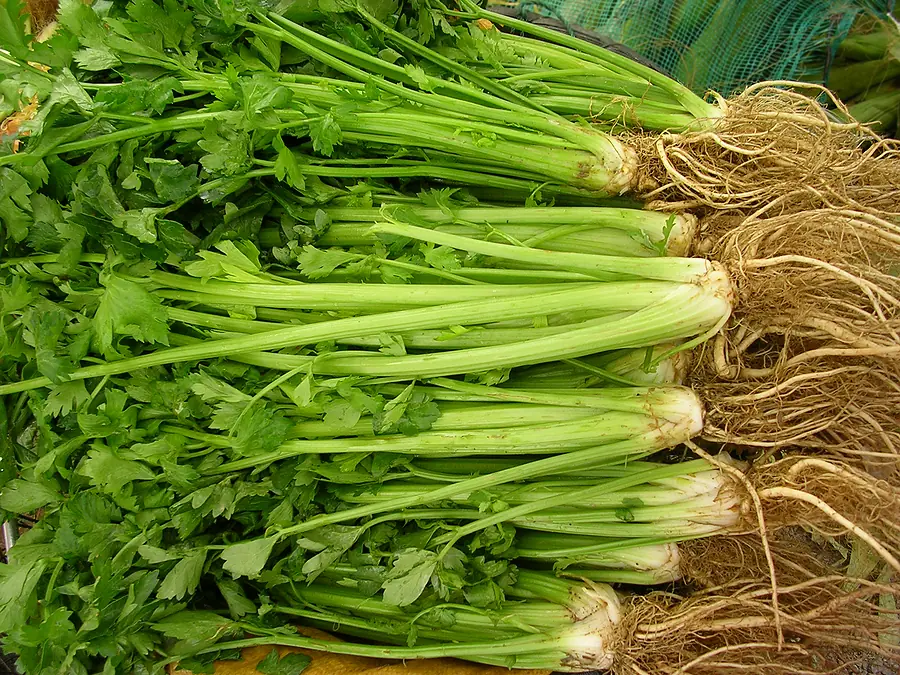
Avoid Throwing Away the Roots When Preparing These 4 Vegetables: Are You Unknowingly Discarding the 'Miracle' That Helps Your Body Stay Healthy from the Roots

6 Groups Who Should Avoid Coffee in Their Daily D!et
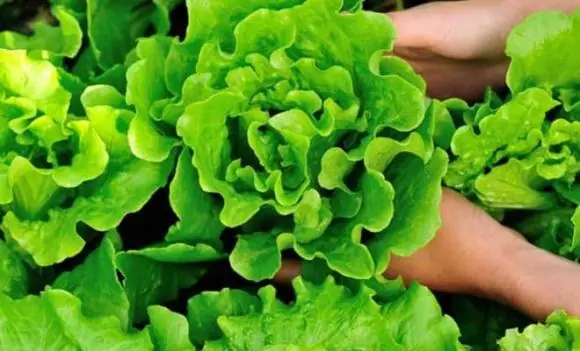
12 Summer Vegetables Prone to P@rasite Contamination: What You Need to Know
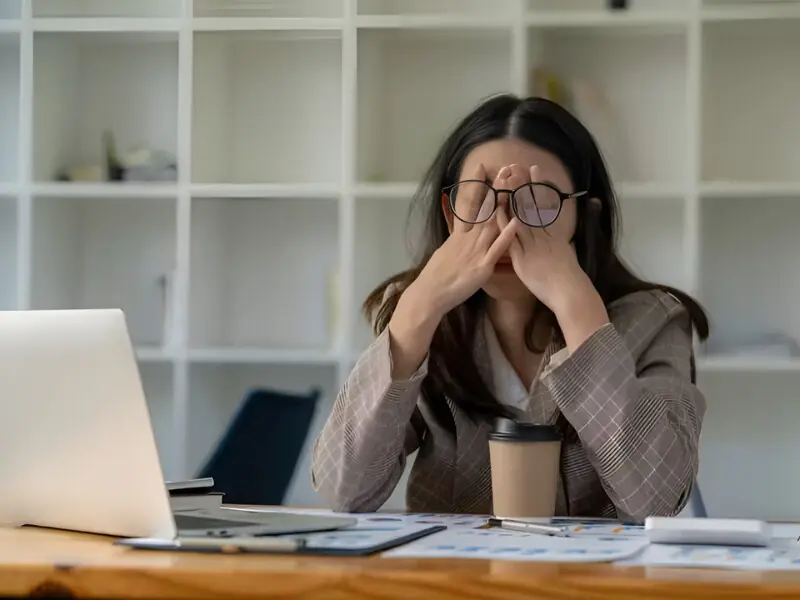
13 Early Warning Signs of Kidney Issues in Young Adults

Why Does the Air Conditioner Smell at 26°C but Not at 25°C? The Surprising Cause
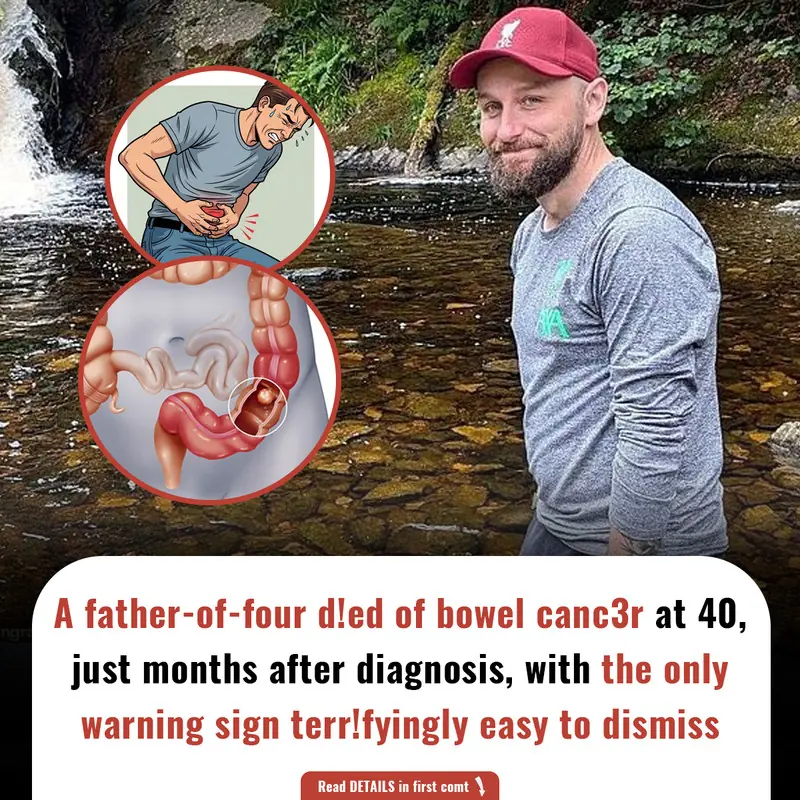
Father of Four D!es from Bowel C@ncer: A Heartbre@king Reminder to Listen to Your Body

Sweet Treat or Silent Thre@t? Experts Warn of Hidden D@ngers in Slushies for Children
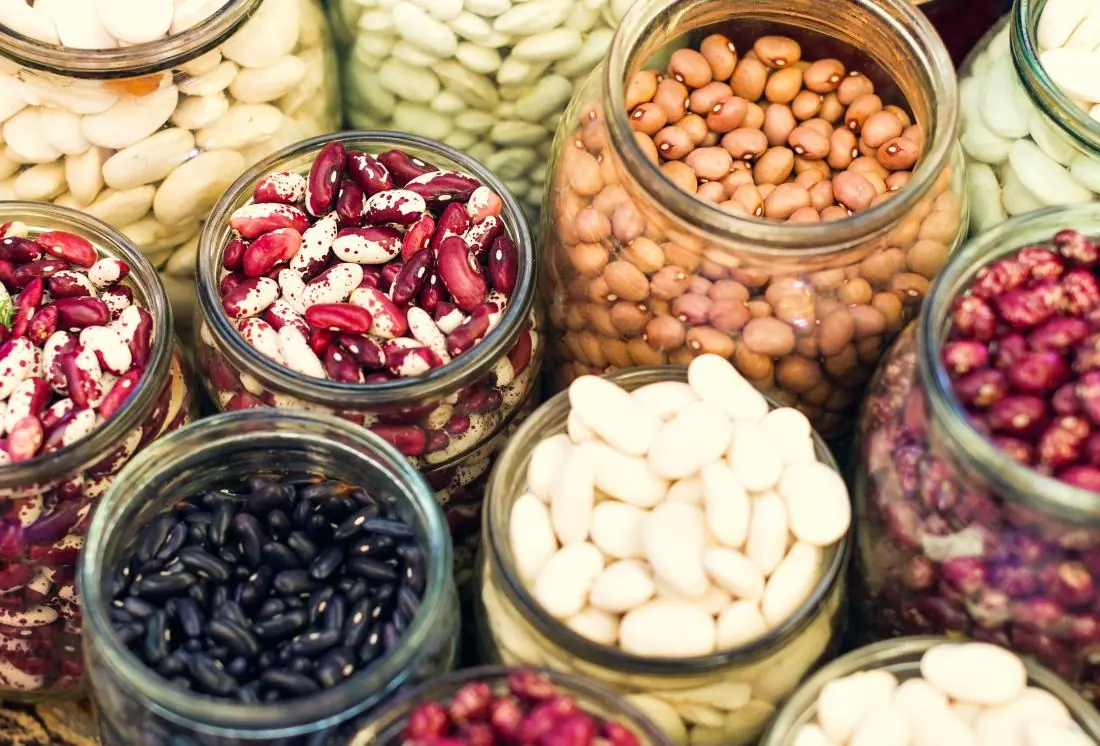
The Sugar-Eating Vegetable That’s Taking Health Experts by Surprise
Discover how beans help manage diabetes by regulating blood sugar levels, providing essential nutrients, and supporting overall health. Learn the benefits of adding beans to your diet and other vegetables that support blood sugar control.
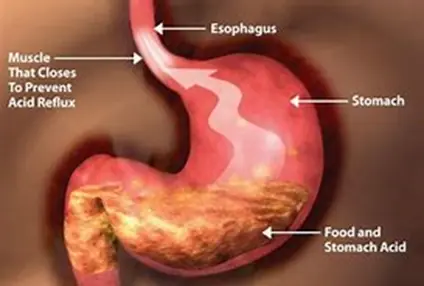
Your Stomach Ac!d Could Digest Razor Blades - Here's How You Don't D!e From It
Learn about the fascinating regeneration of the stomach lining, how it plays a vital role in digestion, and how lifestyle factors like diet and stress can affect its health. Discover tips for maintaining a healthy stomach lining to avoid digestive issues.
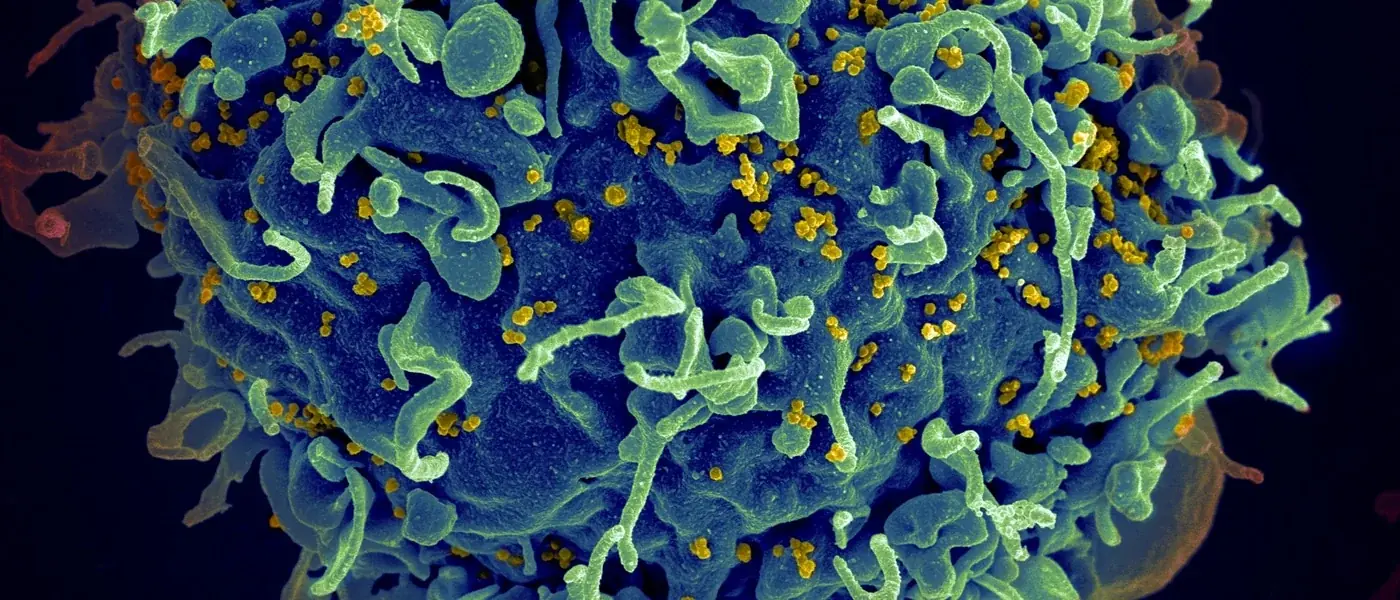
It’s Official: H!V Is Now a Manageable Condition, Not a Dea@th Sentence
HIV is now a manageable condition, with ART allowing people to live full lives. The virus can even become undetectable and untransmittable. Learn about the progress and ongoing challenges.
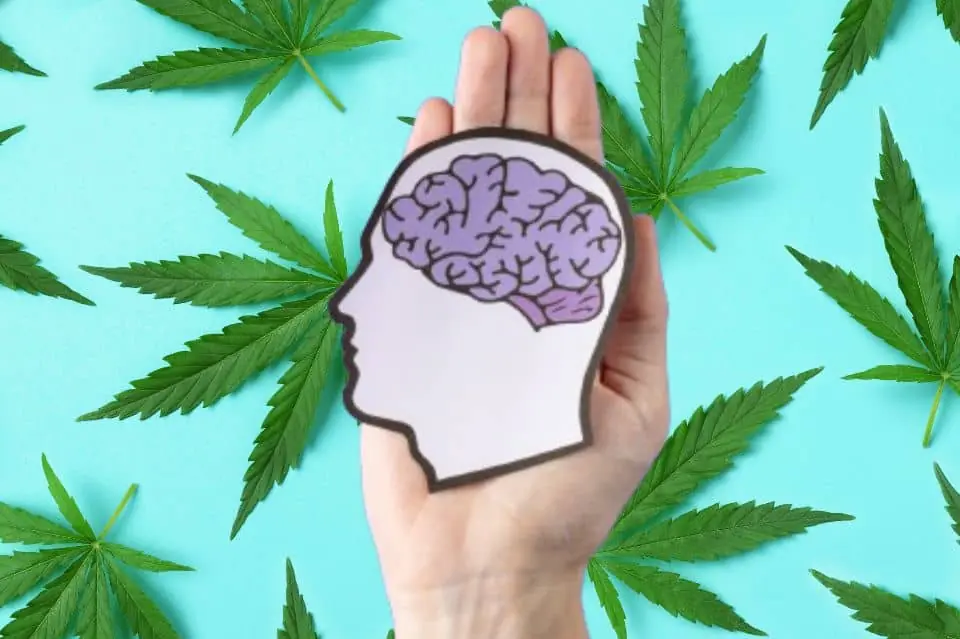
This Alternative Treatment Might Reverse Brain Aging and Improve Mental Sharpness—Without the High
A 2017 study suggests that low doses of THC might help reverse age-related memory decline in mice. Discover how THC reactivates brain pathways linked to healthy aging and what this could mean for future therapies against neurodegeneration and cognitive de
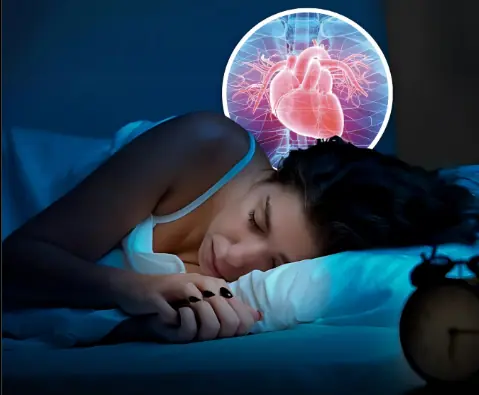
Serious Heart R!sks Linked to Just 3 Nights of Poor Sleep, Scientists Warn
Discover the alarming link between sleep deprivation and heart health. A recent study from Uppsala University reveals how just three nights of poor sleep can trigger harmful changes in blood, increasing the risk of heart disease.

Autophagy Explained: Why Getting Hungry Destr0ys Canc3r, Alzheimer's and Aging Cells
Discover how fasting triggers autophagy, a natural process that helps your body recycle damaged cells, combat aging, and lower risks of diseases like cancer and Alzheimer’s. Learn more about the benefits of fasting for overall health.
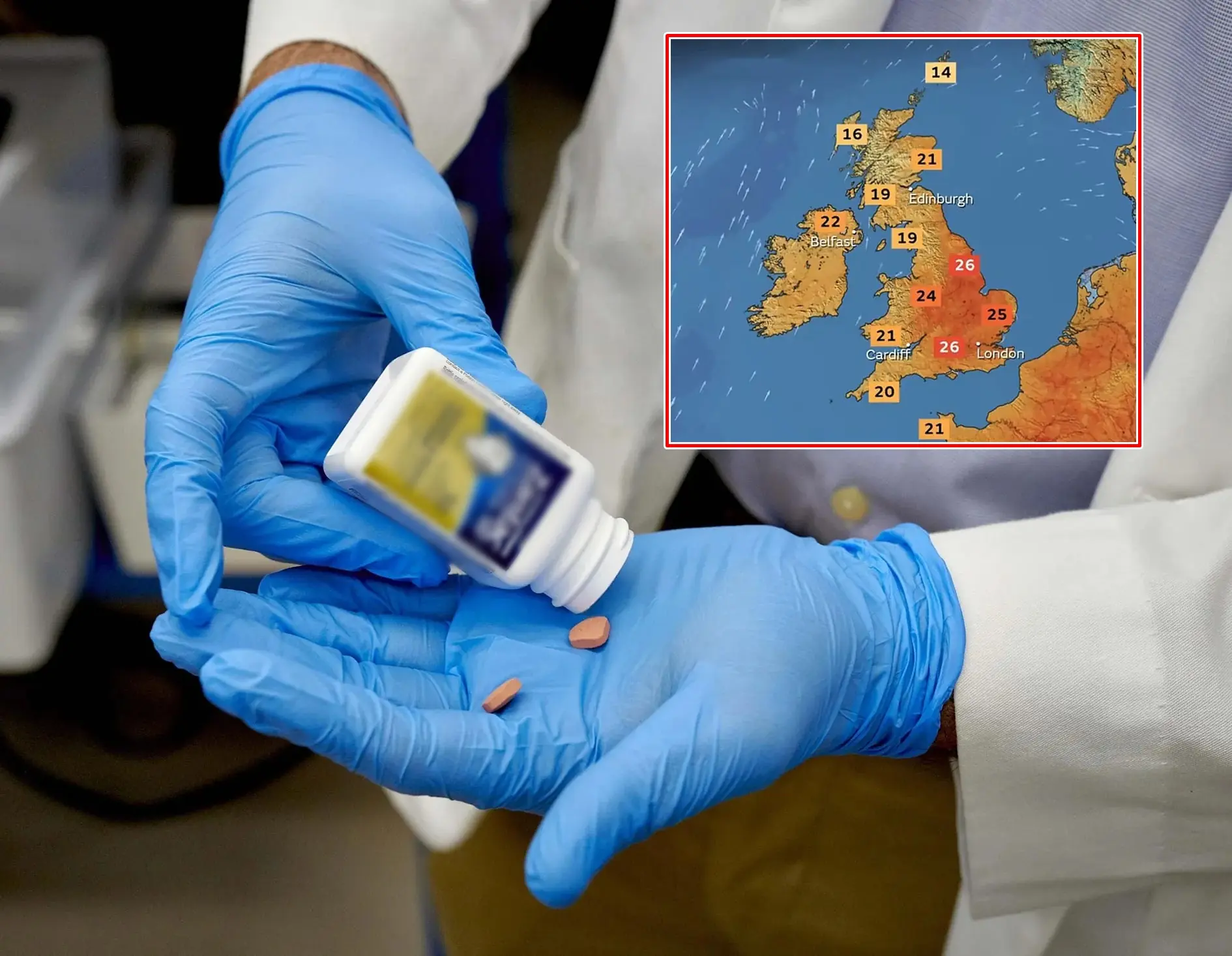
Warning over common over-the-counter drug that can fuel cancer in warm weather
It is crucial for individuals taking these medications to be aware of the potential risks and to take appropriate steps to protect their skin from harmful UV radiation.
News Post

From Abandoned to Adored: The Heartwarming Story of Zed, the Miniature Pinscher Who Found His Forever Family
Found crying and abandoned, a tiny Miniature Pinscher named Zed embarked on an incredible journey. This heartwarming story of dog rescue reveals how unexpected love transformed his life.
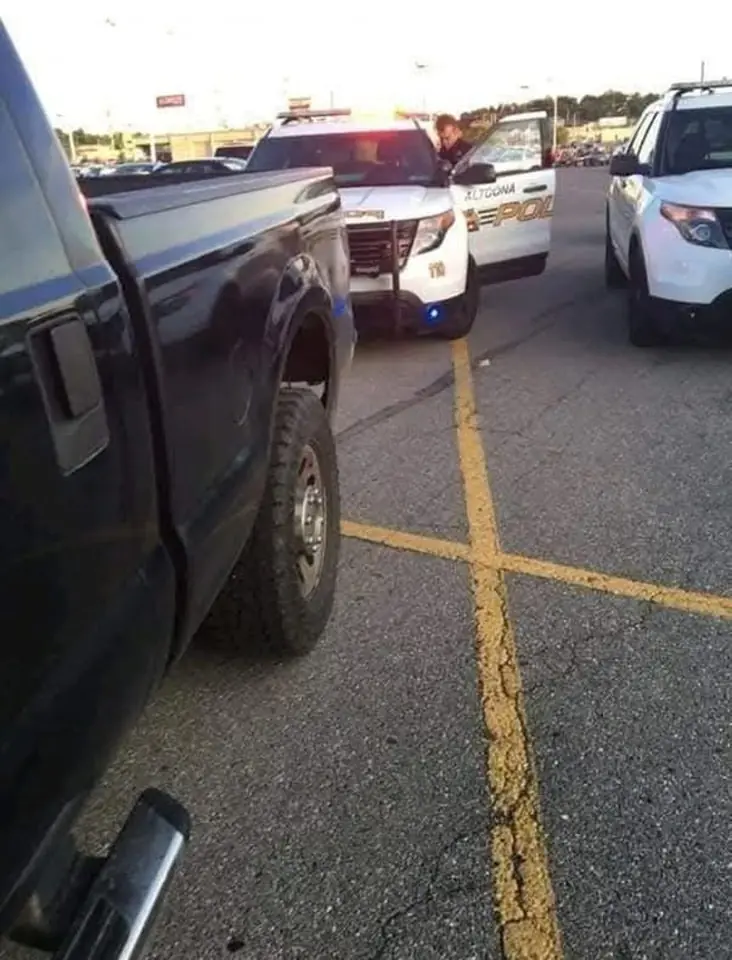
A Lesson in Respect and Safety: How One Driver Handled a Police Stop While Legally Carrying a Firearm
Learn how a responsible driver handled a police stop while legally carrying a firearm, emphasizing safety, respect, and cooperation. A powerful story of how mutual respect can create a positive outcome during a tense situation.

A Race Against Time: How a Stranger's Extraordinary Kindness Ensured a Daughter's Final Farewell
Discover the extraordinary kindness of a stranger whose selfless act provided a miraculous journey home, ensuring a precious final goodbye and inspiring a legacy of paying it forward.

Carol Kaye Declines Rock and Roll Hall of Fame Induction, Stands by Legacy of Teamwork
Carol Kaye, a legendary bassist, declines her 'Music Excellence Award' at the Rock and Roll Hall of Fame, citing a lack of reflection of the collaborative spirit of session musicians. Discover her reasoning and stand for respect in the industry.

A Stranger's Blessing: The Transformative Power of Kindness That Changed a Life Forever
Lucia's simple act of kindness toward a stranger leads to an unexpected windfall and a life-changing revelation. Discover how one small gesture transformed everything and set her on a new path, full of hope and love.

The Mystery Behind the Chicken and the Hidden Family Secret
Discover the chilling family secret revealed by a chicken and its connection to a missing man. A gripping story of suspense and mystery, uncovering long-buried truths.

Overcoming the Struggles of Parenting Triplets: A Journey of Love, Exhau$tion, and Hope
A deeply emotional story of a couple’s struggle to raise triplets, filled with exhau$tion, guilt, and the overwhelming love they share for their children.
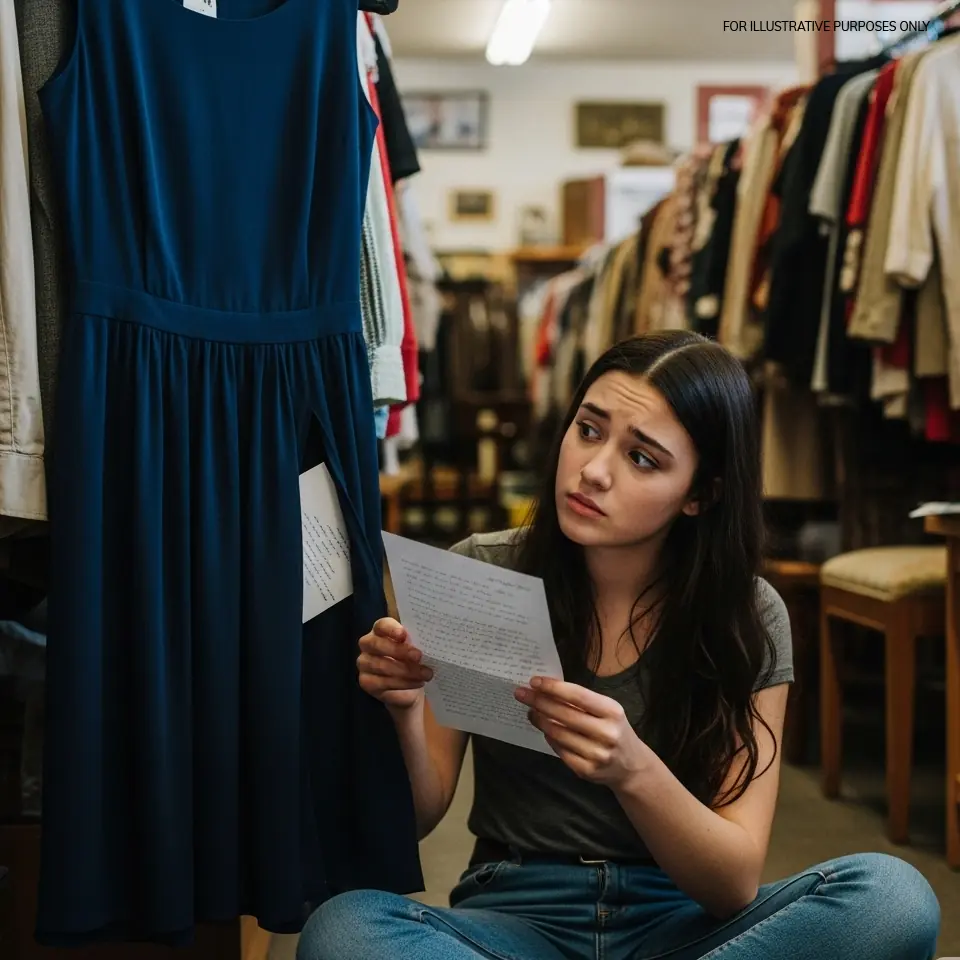
The Prom Dress Mystery: A Hidden Letter That Changed Three Lives Forever
A young woman buys a $12 prom dress from a thrift store, only to uncover a hidden letter that leads to a powerful reunion. Explore the emotional journey of forgiveness, second chances, and the mysterious connection that binds their lives together.

Family Secrets Unveiled: A Son's Journey to Discover the Truth Behind His Grandfather's Legacy
A son uncovers hidden family secrets in a letter left by his late grandfather. Join his emotional journey to find his long-lost sister and reclaim what was once lost—his family’s true legacy.

From Rejection to Redemption: How a Wedding Changed a Mother’s Place in Her Son’s Life Forever
A mother’s love is put to the test when her son’s wedding brings unexpected emotions and a life-changing declaration. Discover the heartwarming journey of a mother and son’s bond that triumphs over all odds in this touching story of family, love, an

6 Morning Foods to Boost Insulin Sensitivity and Control Bl00d Sugar

Unlocking the Health Benefits of Morning Coffee: A Guide to Optimal Timing

Torn Between Love and Freedom: A Daughter’s Battle for Independence Against Her Family's Expectations
A young woman struggles with her controlling family, torn between following her dreams abroad and staying to meet her parents' expectations. A story of family conflict, independence, and finding peace amidst emotional manipulation.

Family of Three Diagnosed with Lung C@ncer from Grilled Food: A Cautionary Tale

How to Remove Stubborn Limescale from Your Electric Kettle with This Simple Trick

Am I Wrong for Refusing to Attend Dinner After My Sister-in-Law Used Her Kids to Manipulate Me?
Tensions rise when a family dinner becomes a battleground of manipulation, boundaries, and respect. Read about the emotional showdown between a woman and her sister-in-law, and the shocking aftermath of one decision that could change everything.

How to Prevent Snakes from Entering Your Air Conditioner: Essential Safety Tips

Avoid Throwing Away the Roots When Preparing These 4 Vegetables: Are You Unknowingly Discarding the 'Miracle' That Helps Your Body Stay Healthy from the Roots

6 Groups Who Should Avoid Coffee in Their Daily D!et
